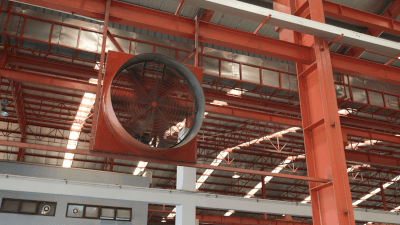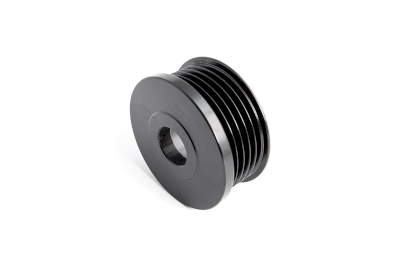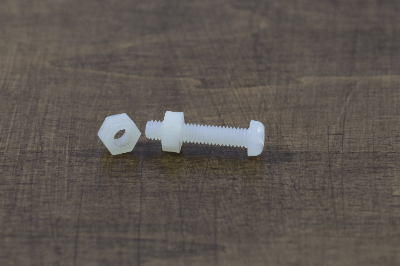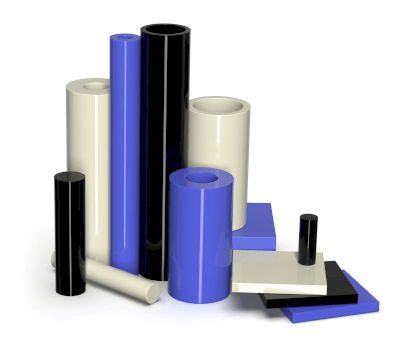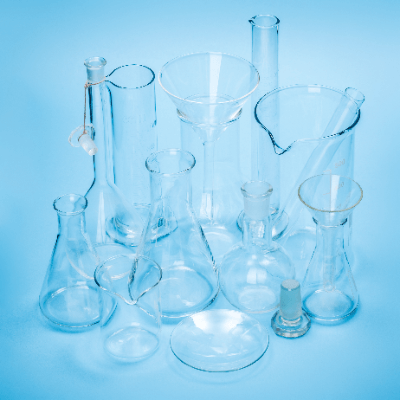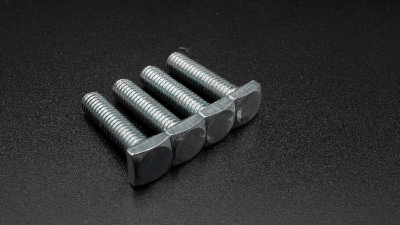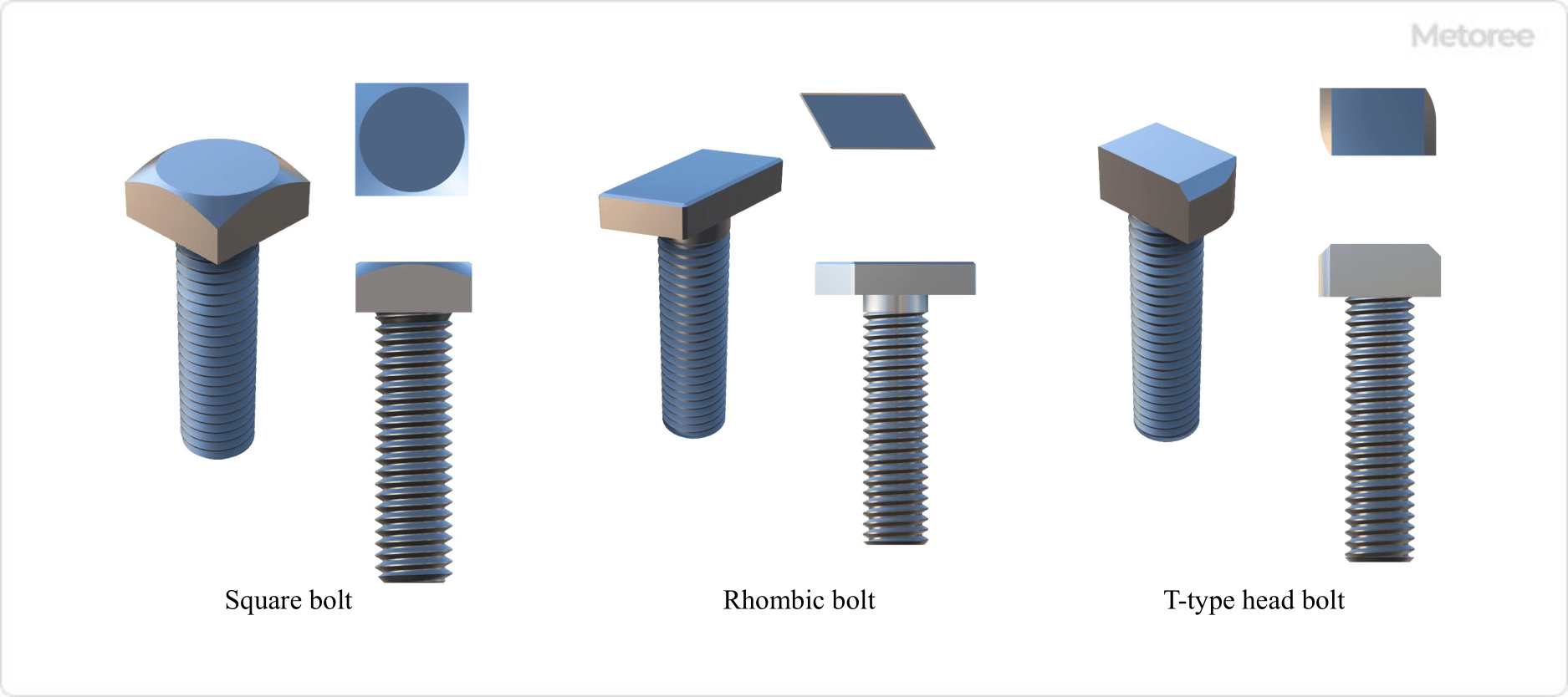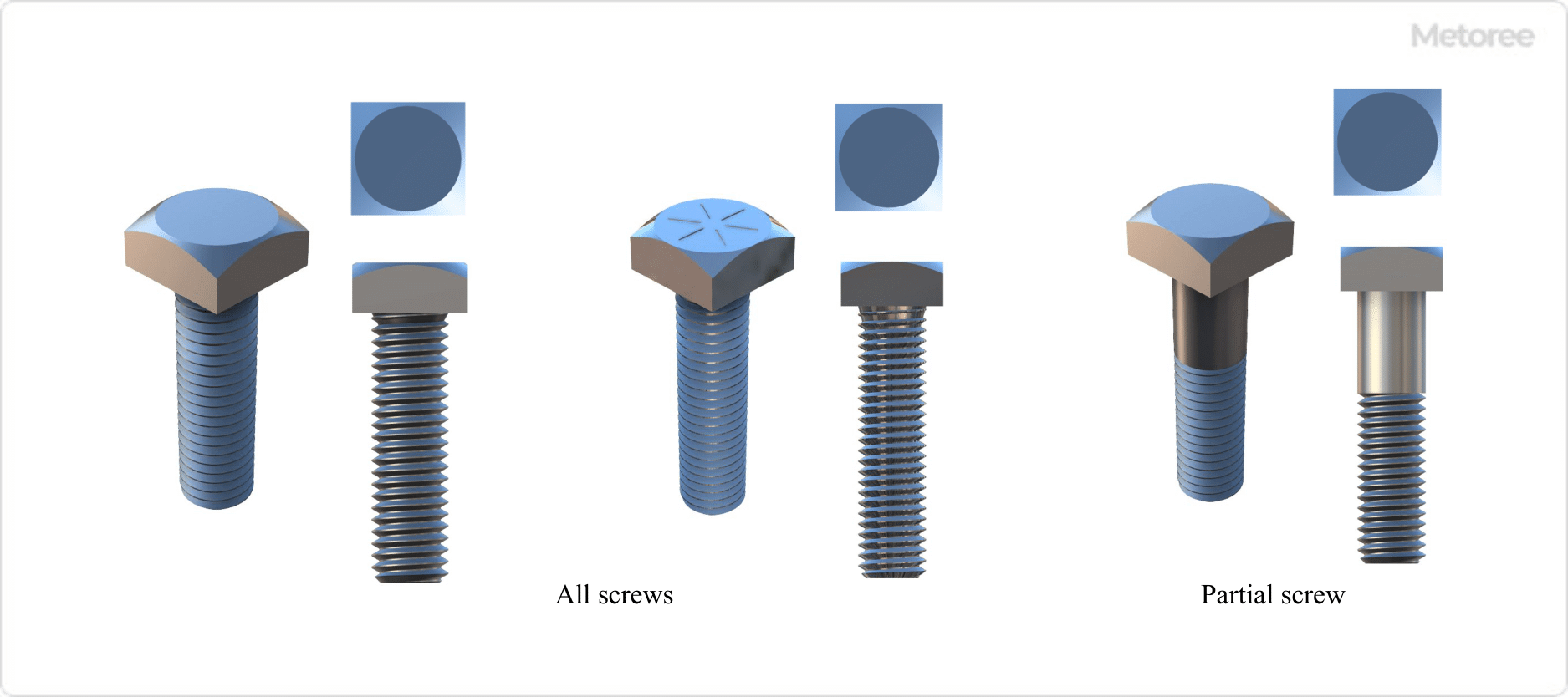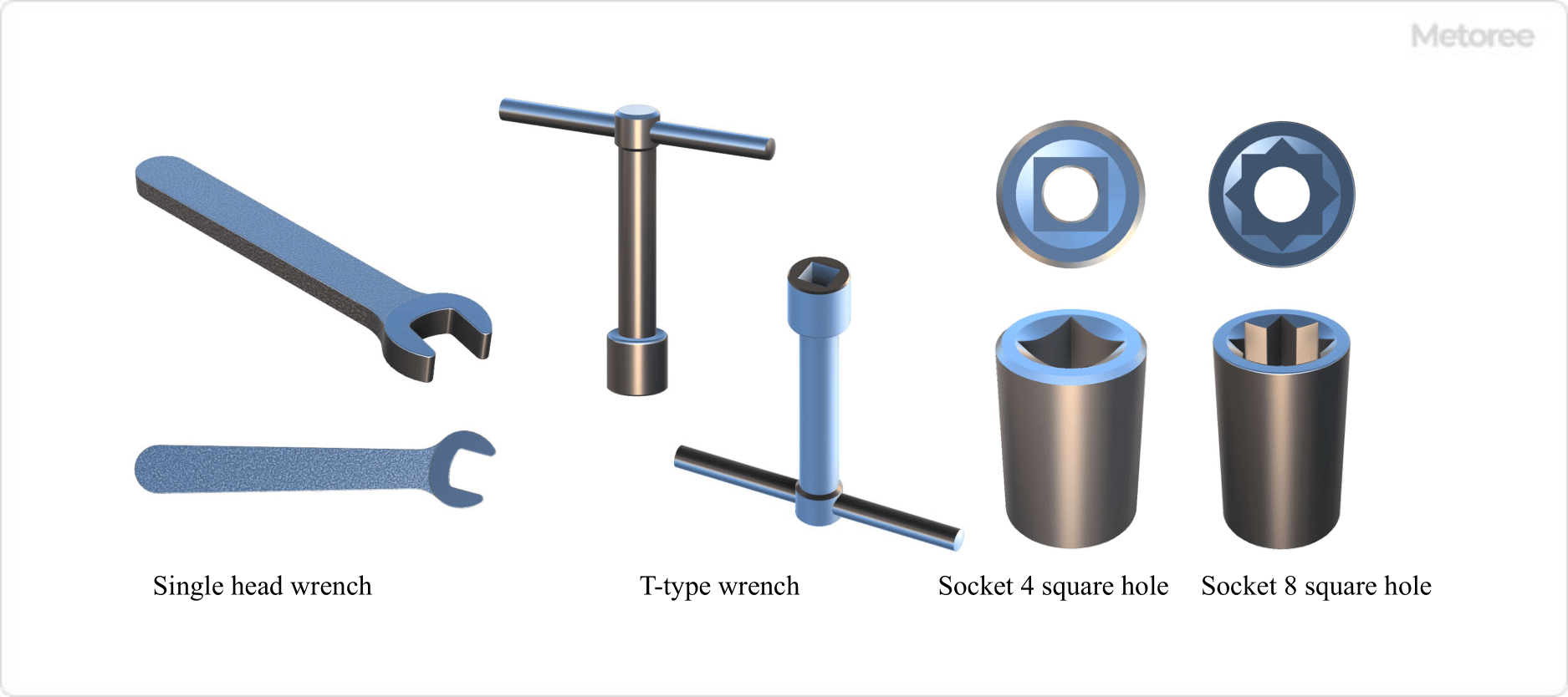What Is a Water Demineralizer?
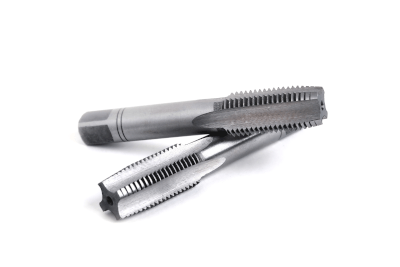 A water demineralizer is a device that removes impurities from tap water or well water.
A water demineralizer is a device that removes impurities from tap water or well water.
Natural water and tap water contain metallic components such as calcium and chlorine ions, which are removed by a water demineralizer. The amount of impurities reduced varies depending on the application. An ultra-pure water demineralizer is a device that produces water with very few impurities.
Water demineralizers range from devices that produce small amounts of pure water in laboratories to large-scale devices that produce large amounts of pure water in factories.
Uses of Water Demineralizers
Water demineralizers are mainly used in research facilities and factories. Specific uses include steam generation in steam boilers for power generation, producing cleaning water used in semiconductor research, manufacturing products in food and beverage factories, steam generation for drying in paper mills, and steam generation for plastic processing in chemical plants.
In research, they are used to remove impurities from water supply, especially in the semiconductor industry, where ultra-pure water demineralizers are used. The food and beverage industries use them to control water quality for food safety, and many other industries use steam from water demineralizers for their steam generation boilers.
Principles of Water Demineralizers
Water demineralizers can be classified into two types: ion-exchange membrane type and semipermeable membrane type. The ion-exchange resin type removes water impurities by exchanging hydrogen ions and hydroxide ions with impurity ions in the ion exchange resin, while the semipermeable membrane type uses a semipermeable membrane to filter out impurities. The semipermeable membrane type is also used for desalination by circulating seawater through it.
Other Information on Water Demineralizers
1. Household Water Demineralizers
Household water demineralizers, typically using reverse osmosis membranes, are known for removing impurities and microorganisms. They are installed under kitchen sinks and supply pure water through a dedicated faucet, with a switchable water supply between tap and deionized water. The principle involves applying pressure to tap water, allowing it to permeate through a reverse osmosis membrane, and circulating water parallel to the membrane to prevent clogging.
2. Electric Regeneration Type Water Demineralizers
Electric regeneration-type water demineralizers, consisting of alternating demineralization and concentration chambers with ion exchange membranes and resin, use DC voltage for regeneration. This process attracts impurity ions to the electrodes, regenerating the ion exchange resin without the need for strong acid or alkali, making it environmentally friendly and easy to manage.
